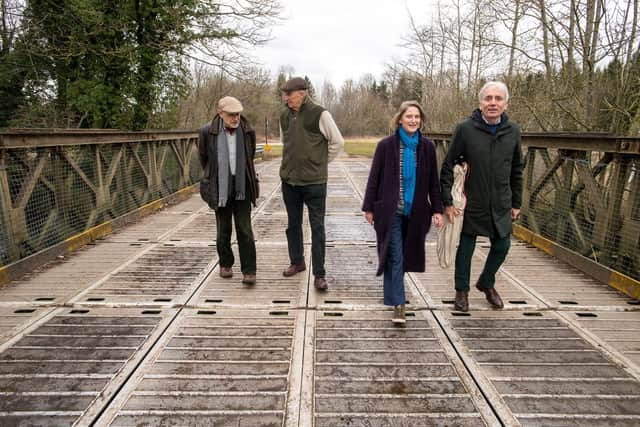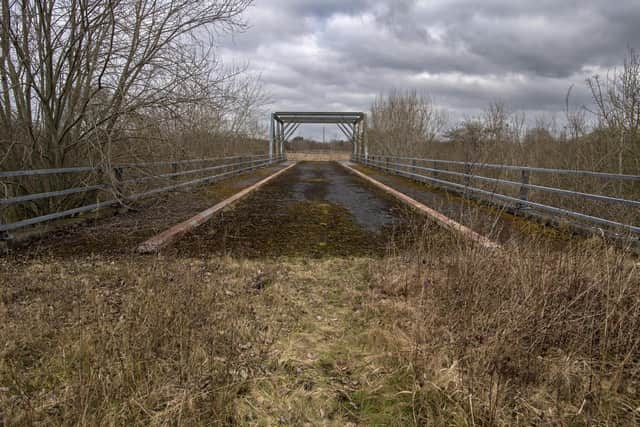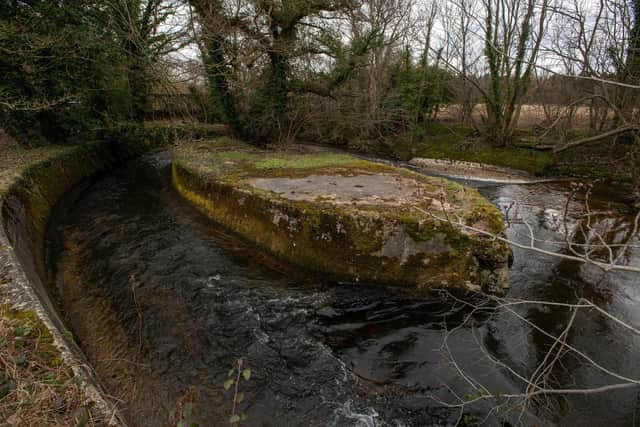Campaigners' race to save Ripon's unique World War Two and Cold War heritage from housebuilding on old army camp
Residents have expressed concerns for years over plans for a new 1,300-home 'village' on the site of the closed Claro Barracks - including a lack of transport links, overcrowding and provision of local services.
Ahead of a final decision on the housing and employment scheme, local historians have published research about the unique role Claro played in two world wars and the Cold War in a bid to protect its heritage from adverse development.
Advertisement
Hide AdAdvertisement
Hide AdWhile its World War One function as a vast army camp where poet Wilfred Owen was stationed is already well-known, they have discovered that key innovations in military bridge and hut-building were all made in Ripon and designs exported to Allied bases around the world.


Researchers have even formed a new group, Ripon Military Heritage Trust, after realising that the Claro site is home to some of the last surviving examples of military construction from the era.
The School of Military Engineering was evacuated from Chatham Docks to Ripon at the beginning of World War Two, and the camp became a testing area for the development of demountable bridges to be used in theatres of combat.
The Bailey Suspension Bridge was tested in the Laver Banks section of the site before being sent to Burma.
Advertisement
Hide AdAdvertisement
Hide Ad

The association with bridge-building continued after the war; in the 1950s a heavy girder bridge was installed over the River Ure before the blueprint was sent to West Germany and Malaya for use by British forces. The world's only surviving example of this design was built in Ripon in 1992, and the city is still home to one of two remaining demolition training bridges.
The old camp is also the location of the last four remaining 'Twynham' huts; the successor to the more famous Nissen that was developed from 1959 for personnel, office and storage accommodation. Twynhams were erected in British colonies and garrisons such as Cyprus and Aden, and were used during conflicts in the Falklands and Northern Ireland.
The findings of Ripon Civic Society's research have been shared with Homes England and Harrogate Council ahead of the final determination of the planning application, including an appeal for special protection.
Ripon Military Heritage Trust trustee Guy Wilson, who also founded the Royal Armouries in Leeds, said: "It is amazing how significant this quiet part of North Yorkshire was in the Second World War. What was happening in Ripon helped us to win the war, and our research has discovered how important Ripon was in the development and perfection of the Bailey Bridge and its successors. It is a story hitherto unknown but one very worth telling and remembering.’
Advertisement
Hide AdAdvertisement
Hide Ad

Civic Society chair Christopher Hughes added: "The site at Laver Banks is important in the history of Ripon’s past and of the defence of Britain in World War Two and since. We have done detailed work on the Homes England proposals for the whole of the army camp site. We encourage them, and Harrogate Council, to take a revised look at proposals for demolition of some of the structures our research has identified, and to protect them for the future."
